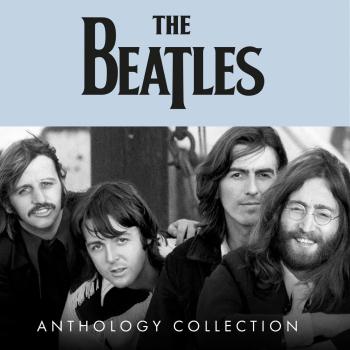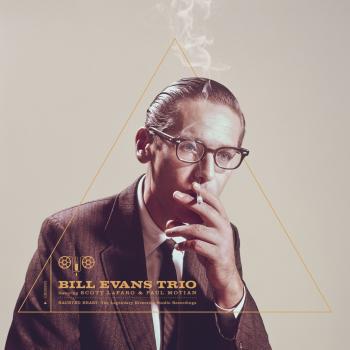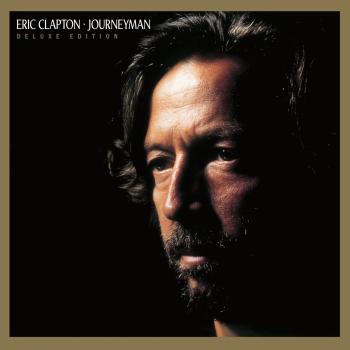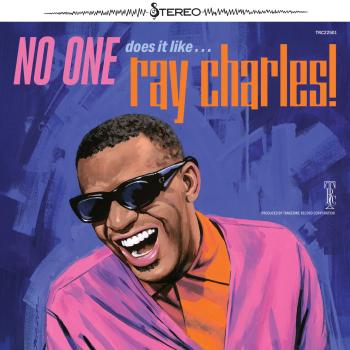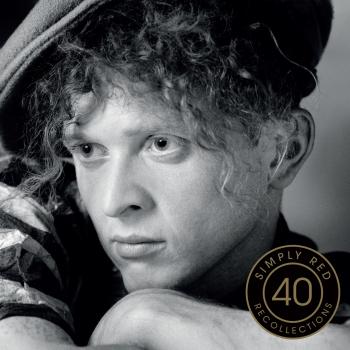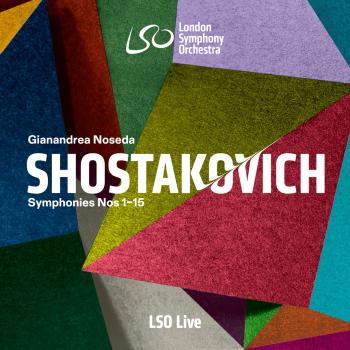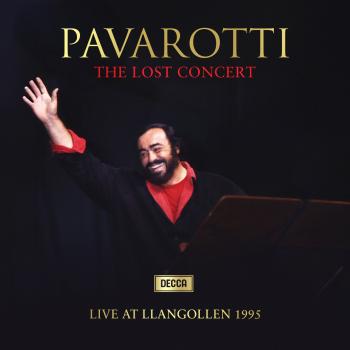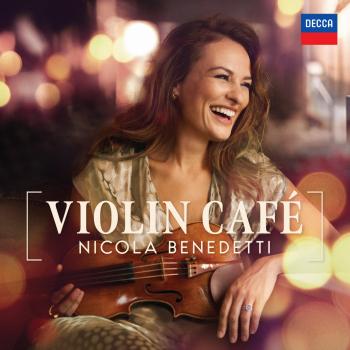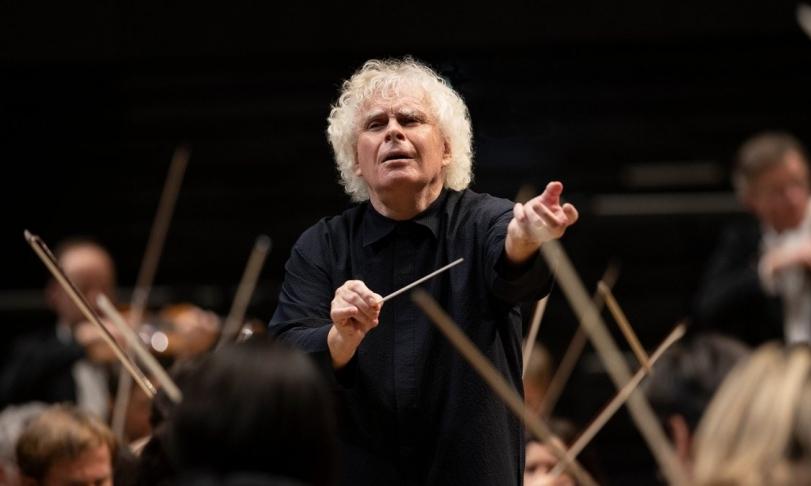
This was not how they had imagined it: When the Japanese state asked a number of European composers to write works to celebrate the 2600th anniversary of the Japanese dynasty in 1939, the 25-year-old Benjamin Britten provided the Sinfonia da Requiem as his contribution. Daring.
The funeral music, which Britten wrote with a view to the hostilities that flared up between Nazi Germany and his native Great Britain in 1939, did not fit in with the desired mood of the anniversary celebrations and was rejected. This was unfortunate for Britten, but not for us, as Sir Simon Rattle has released the mini-symphony alongside the Spring Symphony and the popular The Young Persons Guide to the Orchestra in a recording with the London Symphony Orchestra on their LSO Live label.
The Sinfonia da Requiem opens the album. Its three movements introduce the 80-minute sound programme. The LSO intones sensitively and clearly led by Rattle. The music is rich in sound and emotional in expression.
The Spring Symphony entertains for the next 45 minutes or so. Vocally amplified with the Tiffin Girls' Choir, the Tiffin Boys' Choir, the Tiffin Children's Chorus, the London Symphony Chorus, soprano Elizabeth Watts, mezzo-soprano Alice Coote and tenor Allan Clayton, the new recording of the composition opens up a lot of stage and space. Rattle and his musicians demonstrate the range of skills that Britten brings to this composition in a dynamic and pointed performance.
The Young Persons Guide to the Orchestra forms the lively contrast programme to the two more serious works and closes the album. The composition is based on a theme from the hornpipe rondo in the incidental music to Abdelazar; or The Moor's Revenge by the composer Henry Purcell, whom Britten greatly admired. After it is introduced in the first movement, each of the following five variations brings out new aspects in one instrumental group. The focus on woodwinds, strings, harpists, brass and finally percussionists makes it possible to experience how multi-layered and sonorous each member of an orchestra can be.
The recording from London is a beautiful and entertaining recording. Acoustically, it utilises the width of the room to present the music clearly and with good audibility. In this way it creates pleasant entertainment and a fine orchestral experience. Great! (Thomas Semmler, HighResMac)
Elizabeth Watts, soprano
Alice Coote, mezzo-soprano
Allan Clayton, tenor
London Symphony Chorus
Tiffin Boys’ Choir
Tiffin Children’s Chorus
The Tiffin Girls’ School Choir
London Symphony Orchestra
Sir Simon Rattle, conductor

